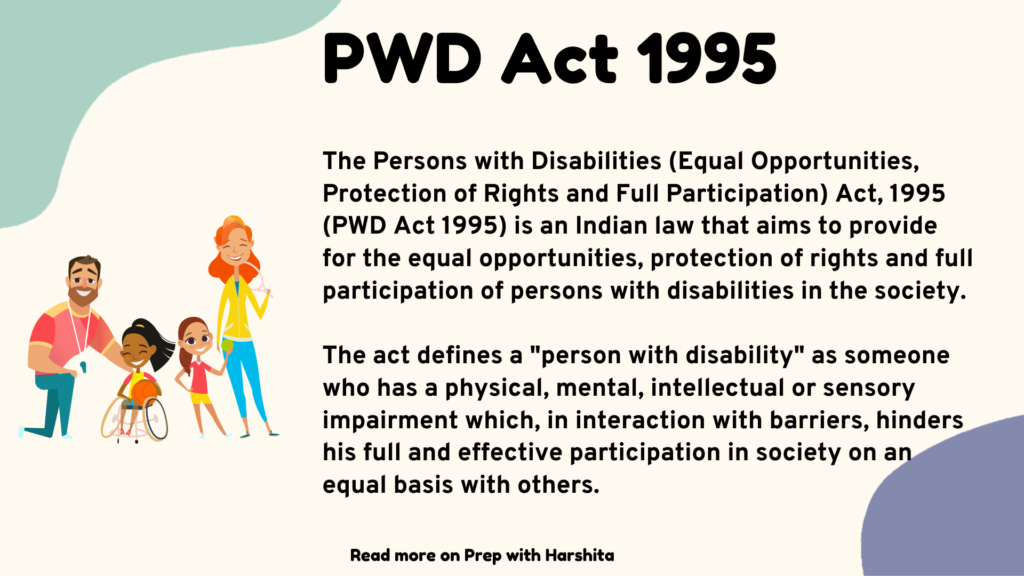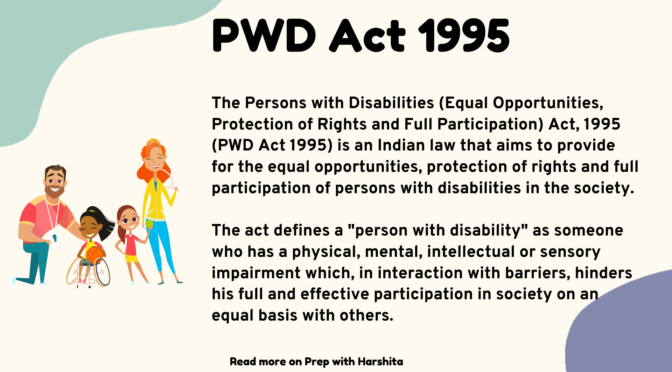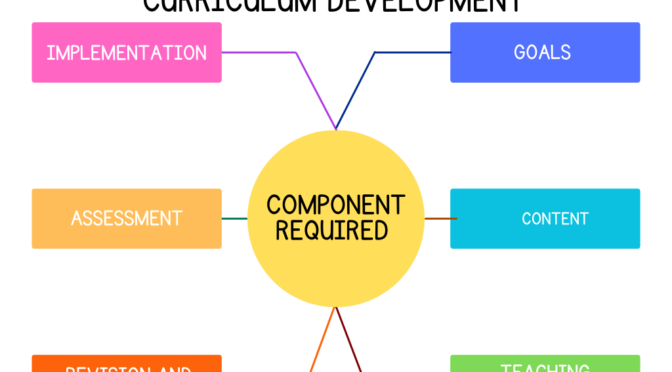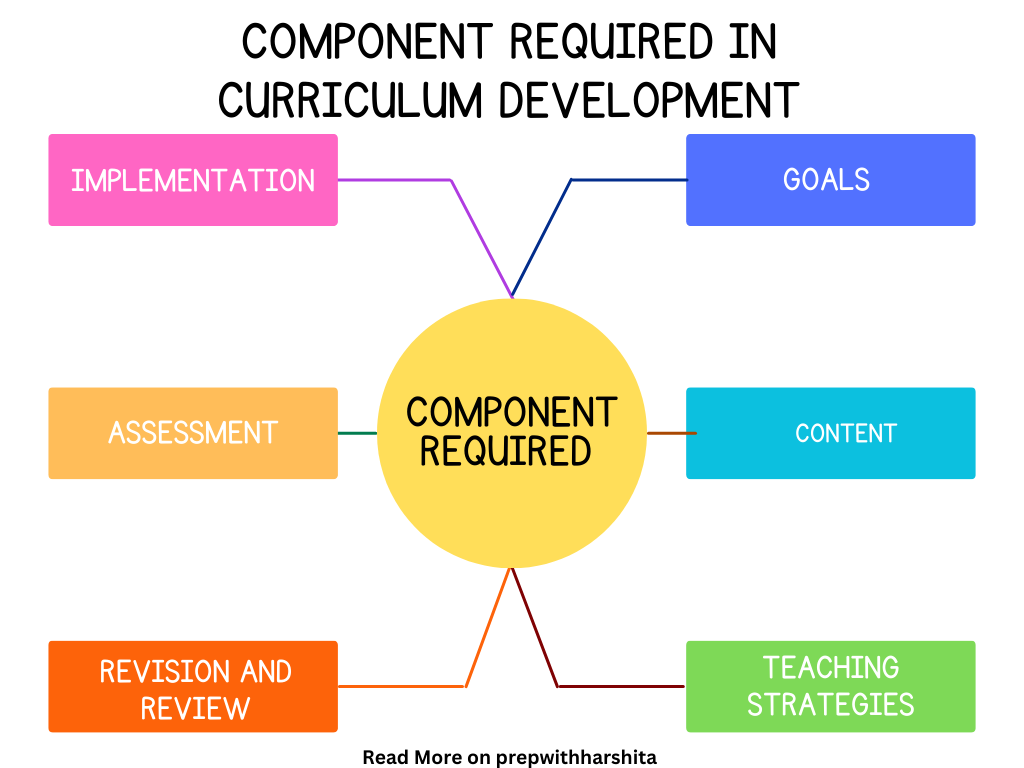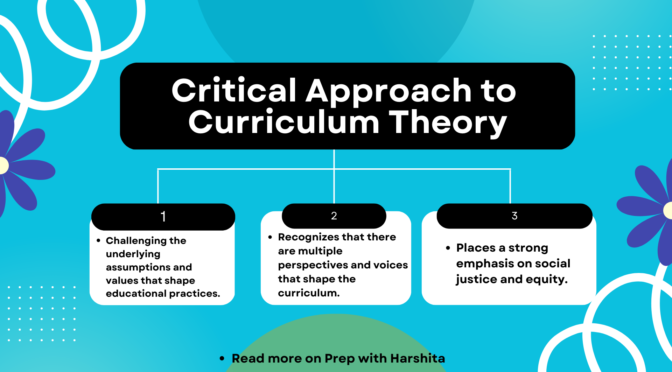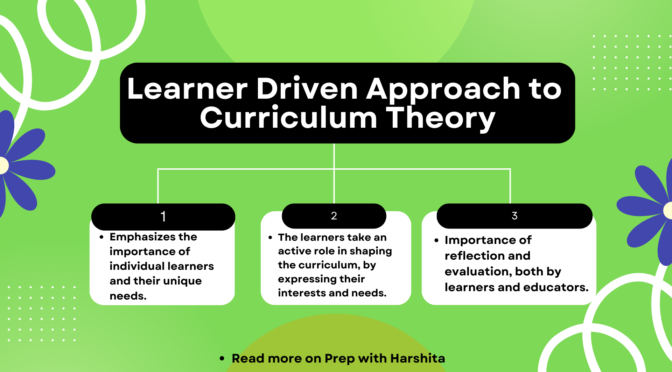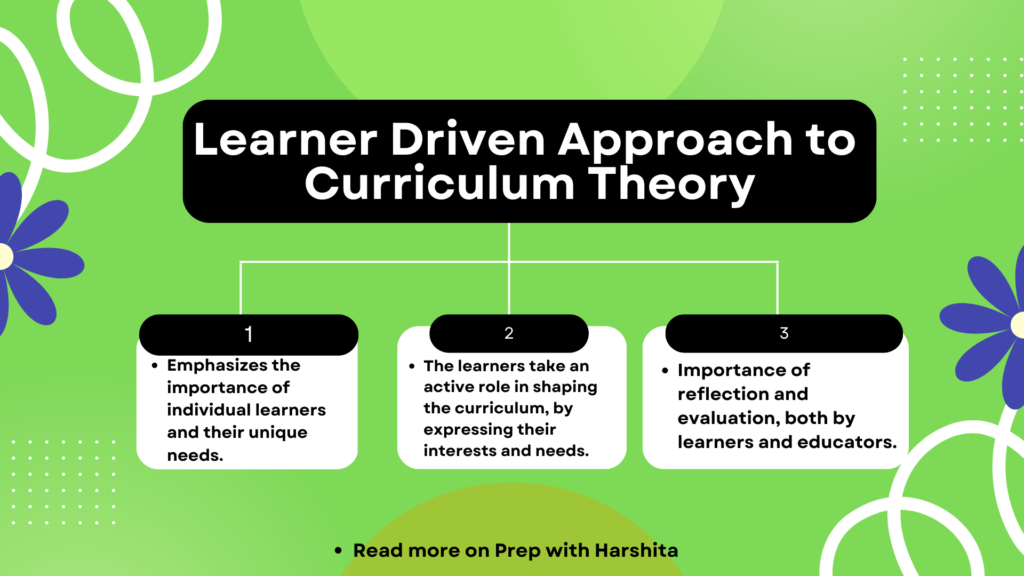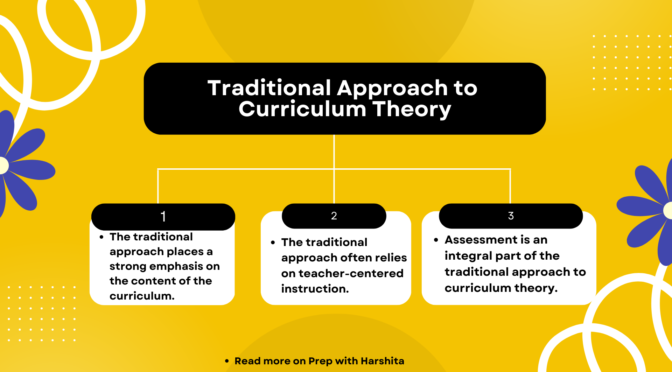The Persons with Disabilities (Equal Opportunities, Protection of Rights and Full Participation) Act, 1995 (PWD Act 1995) is an Indian law that aims to provide for the equal opportunities, protection of rights and full participation of persons with disabilities in the society.
Who made this Act?
The Persons with Disabilities (Equal Opportunities, Protection of Rights and Full Participation) Act, 1995 was made by the Government of India. The bill was introduced in the Indian Parliament in 1995, and it was passed by both the houses of Parliament. The act was notified on December 1, 1995, and it came into effect from February 7, 1996.
PWD act was enacted to ensure equal opportunities, protection of rights, and full participation of persons with disabilities in all spheres of life. The act has been amended several times, with the most recent amendment being in 2016.
The act defines a “person with disability” as someone who has a physical, mental, intellectual or sensory impairment which, in interaction with barriers, hinders his full and effective participation in society on an equal basis with others.
Key features of the Persons with Disabilities (Equal Opportunities, Protection of Rights and Full Participation) Act, 1995 :
- Definition of disability: The PWD Act 1995 defines a “person with disability” as someone who has a physical, mental, intellectual or sensory impairment which, in interaction with barriers, hinders their full and effective participation in society on an equal basis with others. The act covers a wide range of disabilities, including blindness, hearing impairment, locomotor disability, mental illness, and intellectual disability, among others.
- Reservation in education and employment: The act provides for reservation of 3% of vacancies in government jobs and educational institutions for persons with disabilities. This reservation applies to all categories of jobs, including those in the public and private sectors.
- Non-discrimination: The act prohibits discrimination against persons with disabilities in matters relating to employment, education, and the provision of services, among other things. It requires that no person with disability shall be discriminated against on the grounds of disability in employment, promotion, training or recruitment.
- Accessibility: The act requires that all public buildings, places of work, and educational institutions be made accessible to persons with disabilities. This includes provisions for ramps, elevators, and other assistive devices to ensure that persons with disabilities can access these buildings and facilities.
- Affirmative action: The act mandates that the government take affirmative action for the empowerment of persons with disabilities. This includes measures to promote the participation of persons with disabilities in all aspects of life, including education, employment, and public life.
- Social security: The act provides for social security measures such as unemployment allowance, pensions, and insurance schemes for persons with disabilities. The act also provides for a disability pension scheme for persons with disabilities who are unable to earn a livelihood.
- Legal aid: The act provides for legal aid and assistance to persons with disabilities. This includes provisions for free legal aid to persons with disabilities who are unable to afford legal services.
- Special courts: The act provides for the establishment of special courts for the speedy trial of offences against persons with disabilities. These courts are designed to ensure that cases involving persons with disabilities are heard and disposed of quickly and efficiently.
In addition to these features, the act also provides for measures to promote research and development in the field of disability, as well as the establishment of a National Fund for Persons with Disabilities to support programs and initiatives for the empowerment of persons with disabilities. The PWD Act 1995 is an important legislation that seeks to promote the full and equal participation of persons with disabilities in all aspects of life.
